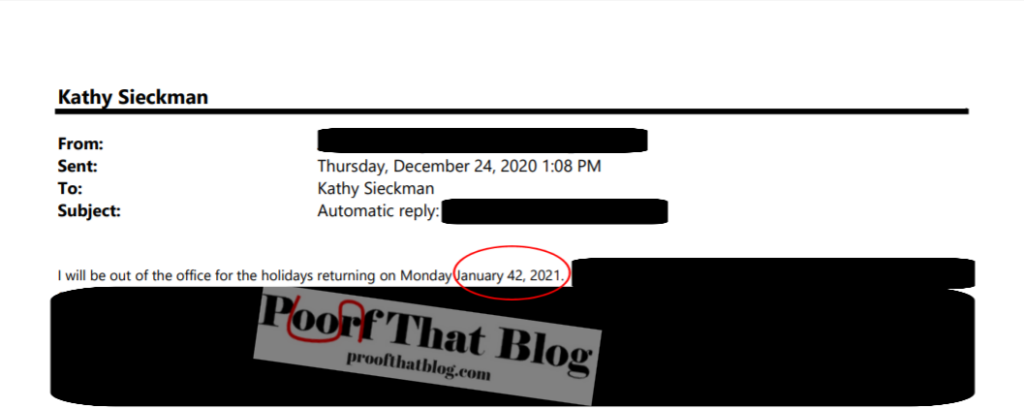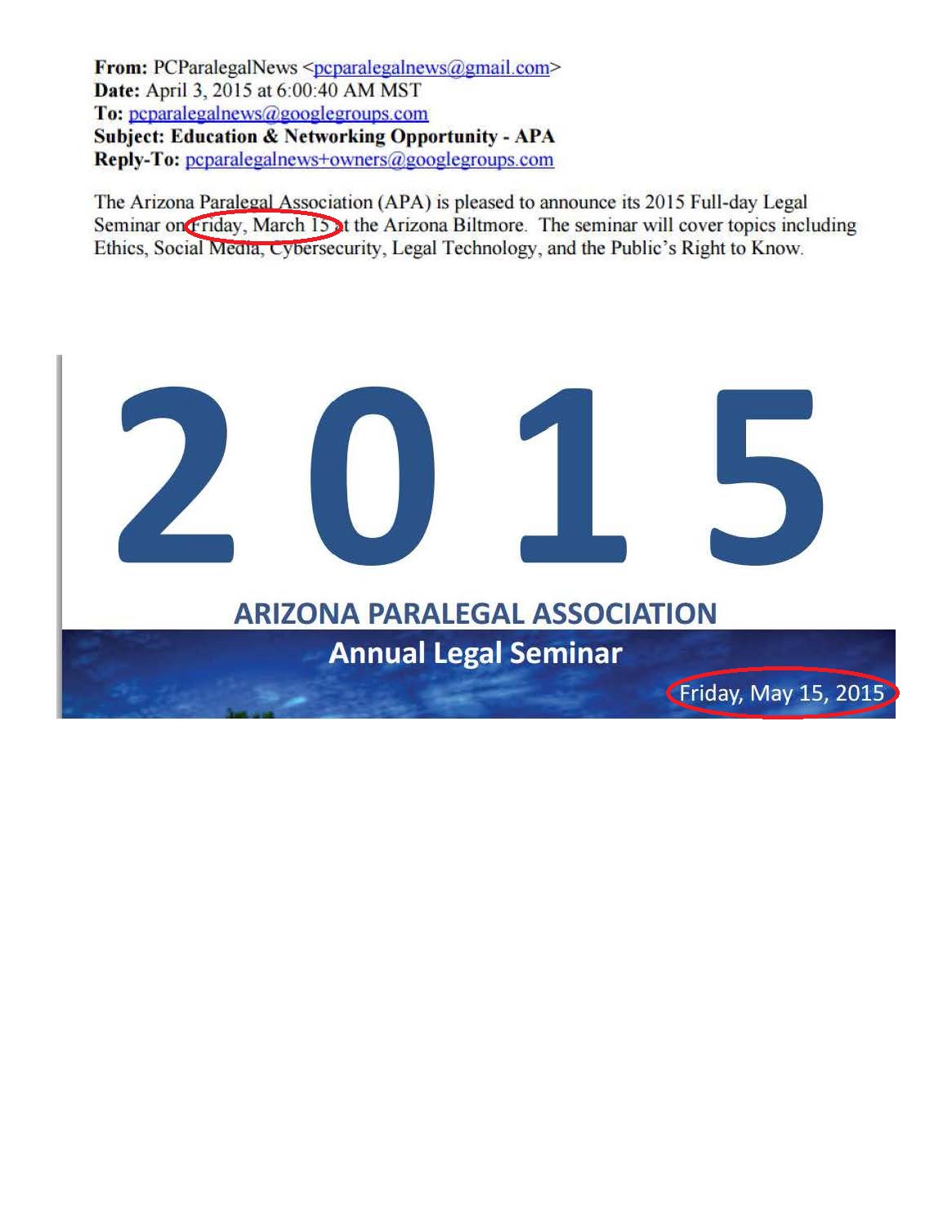Dates seem to be confusing for some people. When you use a complete date (month, day, and year), you should use a comma before AND after the year.
- On November 11, 2013, the Veterans’ Day parade will start at 10 a.m., but I will be at work.
- Please send me your time entries for November 1 to December 31, 2012, so I can prepare the fee application.
Of course, there are exceptions. For instance, if other punctuation is necessary after the year, you would omit the comma immediately after the year.
- On November 11, 2013 (the federal Veterans’ Day holiday), I will miss the parade because I am working.
Also, if the date is in the day, month, year style (13 November 2013), there are no commas unless the sentence requires a comma for another reason.
Where a comma after the year might lead to some confusion, use a semicolon.
- Our office will be closed on November 27, 28, and 29, 2013; December 23, 24, and 25, 2013; and January 1, 2, and 3, 2014.
Note that my office will NOT be closed on all of those days. Unfortunately, it is for illustrative purposes only and I will be hard at work on most of those days.
Where you are using just the month and year, there are no commas unless the sentence needs it for another reason.
- The September 2013 totals show a rise in sales.
- We spent most of September 2013, the wettest September on record, trying to keep the water from coming into the house. [Here the commas set off a descriptive expression.]
Don’t be afraid of commas with dates, just learn to use them correctly.



 Follow
Follow





